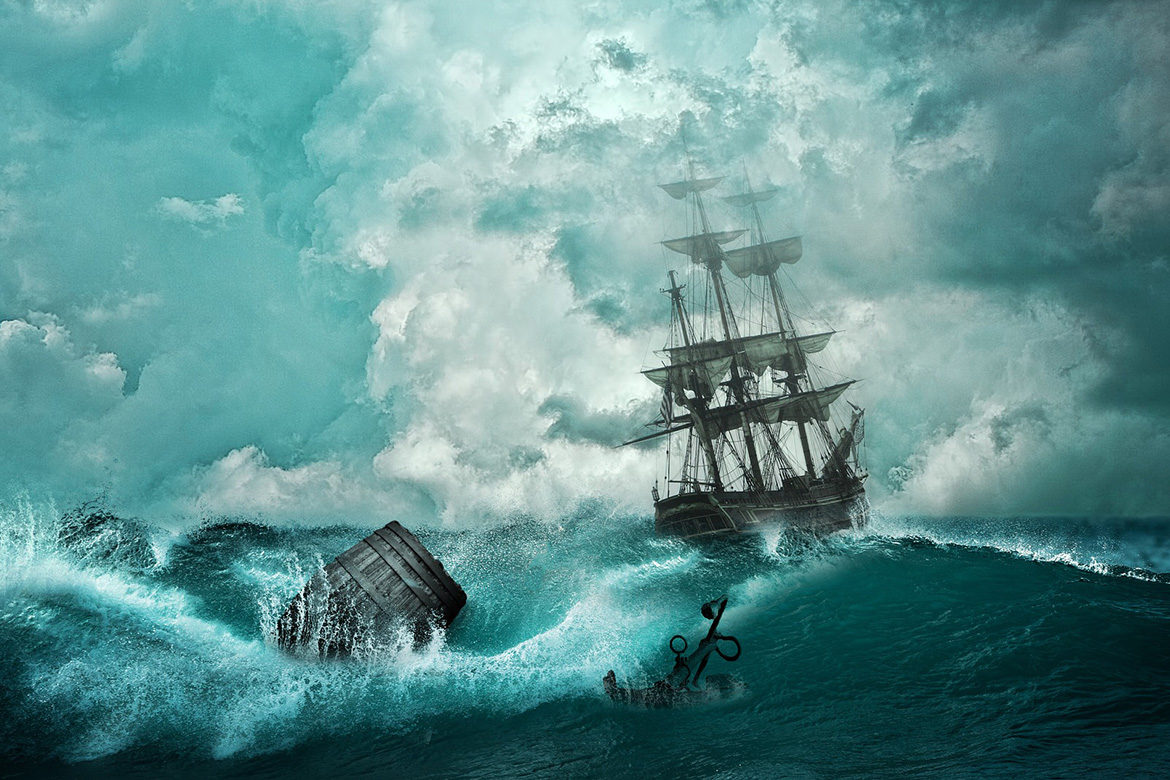Last Saturday I attended a wonderful program by the Michigan Shipwreck Research Association—a group of divers who search for sunken ships in the Great Lakes. I attended their presentation last year and it inspired me to include a shipwreck in my upcoming novel. This is exciting stuff!

These shipwreck experts start their adventures the same way I start a novel—by doing research. They comb through piles of public documents, newspaper reports and eyewitness accounts to narrow down the wreck’s possible location. They search photos and drawings for the ship’s distinguishing details, such as size and profile. This research phase can be a treasure hunt in itself! But if they do their job well, the expedition has a better chance of success when the exploration phase begins.
Exploration involves creating an imaginary grid over the suspected area of the wreck and slowly sailing back and forth, using sonar to detect a sunken ship on the bottom of the lake. Scanning for hours and hours, days on end, sounds tedious to most people, but I sensed the experts’ excitement in this step of the search, too. It requires expertise to examine the grainy sonar pictures and interpret the findings. And when a sunken ship was finally spotted, everyone celebrated. I suppose most people would find my job tedious, sitting at a computer day after day, typing page after page, chapter after chapter until my novel is finished. While it appears to be boring, it takes expertise to create a story and get the words precisely right. And wise authors also celebrate their successes, big and small.
The last phase of underwater discovery is obviously the most enjoyable for these veteran divers. Armed with cameras and scuba equipment, the team finally has a chance to dive on the site and explore the wreck. I watched in fascination as ghostly images of these once-stately ships appeared on the theater screen, encrusted with shells, lying in their final resting places. I listened to the dramatic stories of their demise, usually due to violent storms. The divers became underwater detectives, solving the mystery of why and how each vessel sank, and where the ship and its crew came to their final end.

On one of the deeper dives, the team could spend only 30 minutes exploring the wreck before making the nearly two hour journey back to the surface, pausing to adjust to the changing pressure and avoid the deadly bends. I marveled at such disciplined devotion! Why do these divers do it? Since removing treasure from these wrecks is strictly forbidden, why make such a huge commitment of time and energy and finances to explore a sunken ship?
I suspect that the thrill of diving and solving a century-old mystery are rewards in themselves. But sometimes there are other surprises, too. In the audience on Saturday night was a gentleman who had been ten years old when he lost his father in the wreck of the William B. Davock, sunk during a storm on Lake Michigan seventy-five years ago. His father’s body was never recovered. Thanks to the work of these divers, the now-elderly gentleman was able to see images of his father’s final resting place and find closure after all these years. He sailed with the dive crew to the site on Lake Michigan and placed a memorial wreath in the water above his father’s grave.
I returned home from the program pondering why I write. There is some monetary gain, to be sure, but for me it’s also about the thrill of discovery and the satisfaction of seeing the results of my hard work and discipline in book form. Most of all, it’s about the joy I experience whenever I learn that one of my stories has touched someone’s life. I easily understood the joy those dedicated divers from the Michigan Shipwreck Research Association felt when they saw the tears of an eighty-five year old man who had waited a lifetime to find his father.




